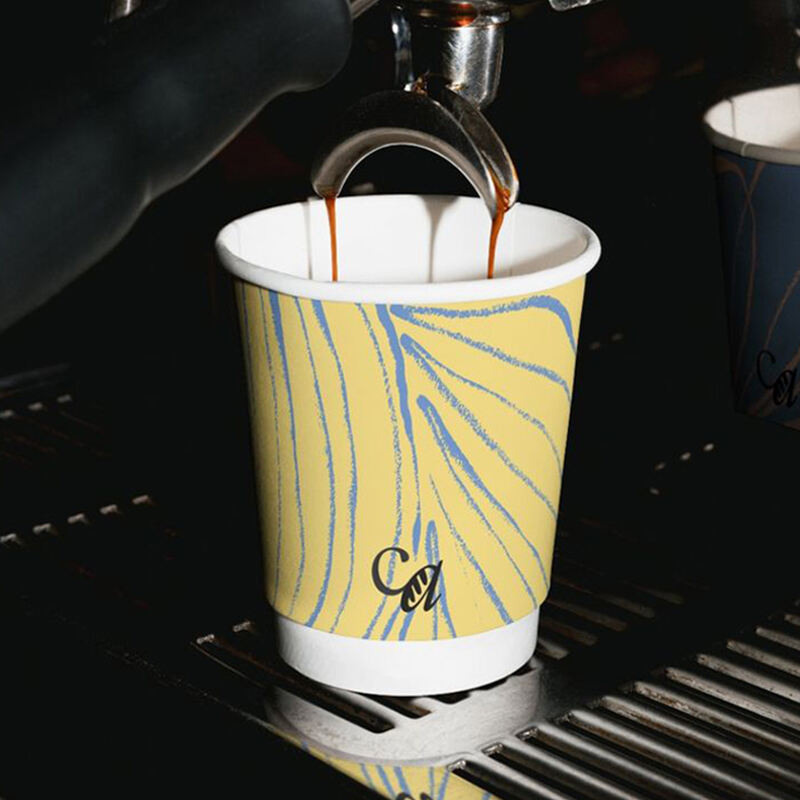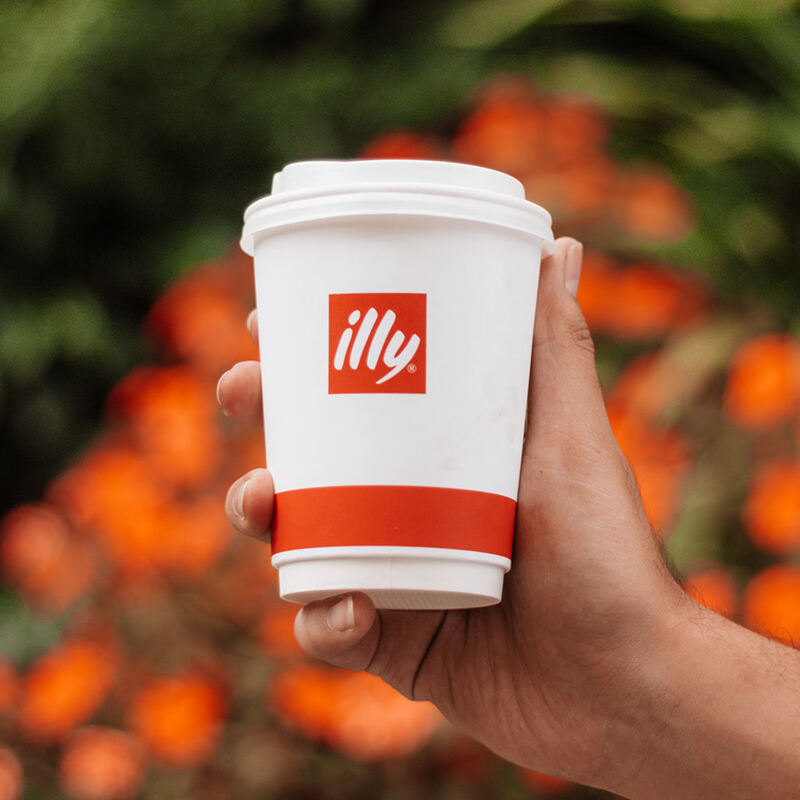Essential Features of Premium Paper Coffee Cups
The choice of a paper coffee cup might seem straightforward at first glance, but it's a decision that can significantly impact your business operations, customer satisfaction, and environmental footprint. Paper coffee cups have evolved from simple disposable vessels to sophisticated products engineered for optimal drinking experience and sustainability. Understanding the key aspects of these essential items will help you make an informed decision that aligns with your specific requirements.
Material Composition and Quality Standards
Premium Paper Stock Selection
The foundation of any high-quality paper coffee cup lies in its base material. Premium paper stock provides structural integrity and ensures the cup maintains its shape even when filled with hot beverages. Look for cups manufactured with virgin paperboard, which offers superior strength and durability compared to recycled alternatives. The paper stock should be food-grade certified and meet FDA standards for direct food contact.
The thickness of the paper stock, measured in points or millimeters, directly affects the cup's stability and heat retention properties. Professional-grade paper coffee cups typically feature a thickness between 280-350 GSM (grams per square meter) to provide optimal performance without becoming too rigid or wasteful.
Protective Coating Technologies
Modern paper coffee cups incorporate sophisticated coating technologies to prevent leakage and maintain beverage temperature. The industry standard is a polyethylene (PE) coating, which creates an effective barrier against moisture while remaining safe for hot beverages. Some manufacturers offer innovative alternatives like bio-based coatings, which provide similar protection while enhancing the cup's environmental profile.
The coating's thickness and application method significantly influence the cup's performance. A properly applied coating should be uniform and free from pinholes or weak spots that could compromise the cup's integrity. Premium cups often feature double-sided coating for maximum protection and durability.
Design Elements and Functionality
Ergonomic Considerations
The user experience begins with how comfortably the paper coffee cup fits in hand. Optimal cup design includes a slightly tapered shape that provides stability while being easy to hold. The rim should be smoothly rolled to prevent lip discomfort and ensure a pleasant drinking experience. Consider cups with textured surfaces or rippled walls, which not only enhance grip but also provide additional insulation.
Size variations matter significantly in the coffee service industry. Standard sizes range from 4 oz for espresso to 20 oz for large beverages, but the most popular options are 8 oz, 12 oz, and 16 oz cups. Select sizes that align with your menu offerings and customer preferences to optimize inventory management.
Thermal Performance Features
Heat retention and hand protection are crucial aspects of paper coffee cup design. Double-wall construction offers superior insulation compared to single-wall cups, eliminating the need for sleeves in most cases. Some manufacturers incorporate air pockets between layers or use innovative materials that provide enhanced thermal protection without excessive material use.
Consider how long your customers typically take to consume their beverages. Premium paper coffee cups should maintain comfortable handling temperatures for at least 15-20 minutes while keeping the beverage hot for up to 30 minutes under normal conditions.

Environmental Impact and Sustainability
Eco-Friendly Materials and Production
As environmental consciousness grows, the sustainability of paper coffee cups becomes increasingly important. Look for products made from responsibly sourced materials, certified by organizations like the Forest Stewardship Council (FSC). Some manufacturers now offer cups made with partially recycled content while maintaining food safety standards.
The production process itself should minimize environmental impact through energy-efficient manufacturing, reduced water consumption, and responsible waste management. Consider suppliers who demonstrate commitment to sustainable practices through transparent reporting and third-party certifications.
End-of-Life Considerations
Understanding how paper coffee cups can be disposed of or recycled is crucial for environmental responsibility. While traditional PE-coated cups present recycling challenges, newer options feature biodegradable coatings or composting-friendly designs. Some manufacturers now produce cups that can be processed in standard recycling facilities, addressing a long-standing industry challenge.
Consider implementing a cup collection program or partnering with specialized recycling services to ensure proper disposal. The environmental impact of your chosen paper coffee cup extends beyond its production to its ultimate fate in waste streams.
Cost Efficiency and Bulk Purchasing
Price Point Analysis
While initial cost per unit is important, evaluate the total value proposition of different paper coffee cup options. Premium cups may command higher prices but often deliver better performance, reduced need for double-cupping or sleeves, and enhanced customer satisfaction. Calculate the real cost by considering factors like storage requirements, minimum order quantities, and potential waste due to quality issues.
Bulk purchasing can significantly reduce per-unit costs, but storage capacity and product shelf life must be considered. Most paper coffee cups remain stable for up to one year when stored in appropriate conditions, but environmental factors can affect their longevity.
Supply Chain Reliability
A reliable supply chain ensures consistent access to your chosen paper coffee cups. Evaluate potential suppliers based on their production capacity, delivery reliability, and ability to handle seasonal demand fluctuations. Consider maintaining relationships with multiple suppliers to mitigate supply chain risks and ensure business continuity.
Look for suppliers who offer flexible ordering options and maintain adequate stock levels to accommodate both routine needs and unexpected demand spikes. The ability to quickly adjust order quantities or access emergency supplies can be crucial for business operations.
Frequently Asked Questions
How long do paper coffee cups maintain beverage temperature?
Quality paper coffee cups typically maintain optimal drinking temperature for 15-30 minutes, depending on initial beverage temperature and environmental conditions. Double-wall cups offer superior temperature retention compared to single-wall alternatives.
Are paper coffee cups actually recyclable?
Traditional PE-coated paper coffee cups present recycling challenges due to their composite nature. However, newer designs with alternative coatings or specialized construction can be recycled or composted. Check with local recycling facilities for specific guidelines.
What is the optimal storage method for paper coffee cups?
Store paper coffee cups in a cool, dry environment away from direct sunlight and strong odors. Maintain original packaging until use and avoid exposure to moisture or extreme temperatures. Proper storage ensures cups retain their quality and food-safe properties for up to 12 months.
